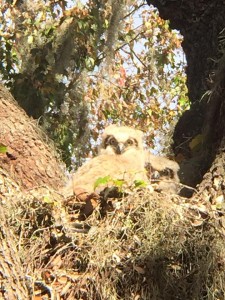 The first Camp Wing-Mann (as it once was spelled) was a weeklong retreat for high school-age Episcopalians held in 1928 at Moccasin Island, a few miles west of Davie, Florida, in the Everglades. The place was primitive, with little shade. There was a pool filled with black water and lots of mosquitoes.
The first Camp Wing-Mann (as it once was spelled) was a weeklong retreat for high school-age Episcopalians held in 1928 at Moccasin Island, a few miles west of Davie, Florida, in the Everglades. The place was primitive, with little shade. There was a pool filled with black water and lots of mosquitoes.
The adult leaders included a layman from Tampa, Morton Nace, and a young priest from Fort Lauderdale, the Rev. Henry Louttit. The teens called them “Uncle Morty” and “Pop Louttit.”
The camp was named after two bishops of the Episcopal Diocese of South Florida: Cameron Mann, who was bishop from 1914 to 1932, and John Wing, who was assistant bishop (coadjutor) from 1925 to 1932 and diocesan bishop from 1932 until 1950.
The next two or three years, Camp Wing-Mann was held at Crystal River on the Gulf Coast. In 1932, the camp was held at a hotel in Avon Park, and then for the next four summers at Lake Byrd Lodge on the outskirts of Avon Park. During the years the camp was held at Lake Byrd Lodge, two other sessions were added: Camp Perry for young boys and Camp St. Mary for young girls. The high school camp continued to be called Camp Wing-Mann.
In 1937, Lake Byrd Lodge was not available, so the camp was moved to the Florida Military Institute in Haines City for one year. In the meantime, the Diocese of South Florida, at the request of Bishop Wing, looked for a permanent location. The search was fulfilled when John Sears Francis (senior warden at Church of the Redeemer in Avon Park) and his wife gave the diocese some property outside the little town on Trout Lake.
The diocese began a fund-raising campaign to provide money for building a permanent facility. However, times were hard. Florida was still in the grip of the Depression, and giving was slow. Lacking a suitable location to hold the camp, the directors decided there would be no summer camp in 1938. Finally, by spring 1939, the large sum of $16,000 had been raised. Construction commenced, and soon rustic buildings with yellow-pine framework and cypress-board-and-batten exteriors were erected. The new camp had a mess hall with a kitchen, caretaker cottage, pump house, and five cabins. With great joy youngsters flooded to the camp that summer, which by then was being spelled “Camp Wingmann.”
As the population of Florida grew in the coming years, so did the attendance at Camp Wingmann and the number of camp sessions. By 1960, there were seven sessions, each named after a saint. There was also a camp for underprivileged high school boys and girls who were not Episcopalians. It was called Camp St. Francis, and each attendee received a scholarship from a local Episcopal church. Camps ran for either eight or 12 days and cost $26 or $39.
During the 1950s, a chapel called All Angels’ Chapel was built as a memorial to the servicemen and servicewomen from South Florida who had given their lives in World War II and Korea. A house for the director also was constructed.
In 1959, the diocese, under its new bishop, the Rt. Rev. Henry Louttit (now called “Super Pop” by the kids), began another fund-raising drive that produced four new buildings in 1960. A gym called the “rec hall,” another cabin, and a new house for the camp director (the previous director’s house was now a small monastery for Franciscan friars) were built. In addition, a large conference center with a small kitchen, chapel, and rooms for 60 adults was built. The conference center, named for Louttit, was designed by Mr. Howell, a student of the renowned American architect Frank Lloyd Wright.
Then, in September 1960, Hurricane Donna ripped through Florida, passing right over the camp. The old buildings weathered the storm, but the new ones were not so lucky. Half the roof from the new director’s house was lost, and the side walls and windows of the rec hall were blown out. Luckily, the steel frame and roof of the rec hall remained intact, and the damaged buildings were quickly repaired. Despite the hurricane, the decade of the 1960s was probably the heyday of Camp Wingmann.
All sessions were at capacity, and many kids not only had lots of fun but also learned to love the Lord Jesus.
As time moved along, attendance began to shrink. Church camps were not as popular in the 1970s. By the late 1970s, Camp Wingmann and the Louttit Conference Center were losing money. The Episcopal Diocese of South Florida had split into three dioceses, and Camp Wingmann was located on the south end of the new Diocese of Central Florida. Previously the camp had been supported by the old diocese, which had stretched from Ocala to Key West.
1978 was a particularly bad year financially, and the diocese had to pay the large deficit. It was decided at diocesan convention in spring 1979 to sell the property and use the proceeds to build a new conference center and youth camp near the center of the diocese (Orlando). So the old property was sold to the Christian Missionary Alliance denomination. It was later bought by Teen Challenge, then Tri-County Rehabilitation Services, and called Trout Lake Camp.
Meanwhile, the summer church-camp program of the diocese went dormant. Then in spring 1998, a small group of former campers heard that the old Camp Wingmann property was for sale. The Rev. Canon Bill Yates, canon to the ordinary in the Diocese of Florida; his brother, Dr. Davis Yates; and a good friend of the men, architect John White—with the concurrence of their wives—felt inspired by God to get the camp back for the children of Central Florida.
With the help of the Rt. Rev. John Howe, bishop of Central Florida, as well as his canon to the ordinary, the Rev. Canon Ernie Bennett, and his youth officer, Jon Davis, Camp Wingmann was reborn. Bill Yates and his wife, Joanie, resigned their jobs in Jacksonville and moved to Camp Wingmann in September 1998 to oversee the renovations and rebirth of the camp.
The camp was in dismal shape, and every building needed repair. With the help of many donors and volunteers, the old camp was put into good condition and brought up to code. All cabins have been entirely renovated, each with the addition of a new bathroom wing, windows, carpeting, and air conditioning. The cabins still have a rustic flavor but are very nice and comfortable.
All the other buildings received major repairs and new roofs during this period so the camp could be used for its primary purpose: as a place for kids to come and have fun and learn about Jesus!
The camp quickly became the center of diocesan youth activities where weekend events such as Happening, New Beginnings, BC/AD, Emerge, the Great Youth Celebration (GYC), and parish youth retreats were hosted.
Starting in 2000, the summer-camp program was restarted and has earned a reputation as “the best summer church camp anywhere!”
Bill and Joanie Yates served the camp until August 2014, when they retired. The Rev. Deke Miller and his wife, Sindy, have now taken over leadership of the camp.
Since its beginning, Camp Wingmann has had a special place in the hearts of those who have attended. Throughout its history, the camp has remained true to its main purpose: to bring kids and Jesus together.
